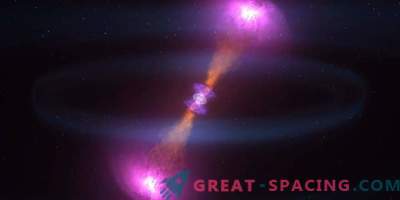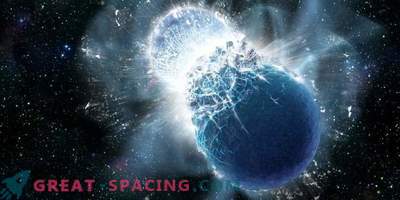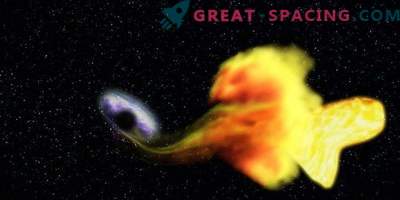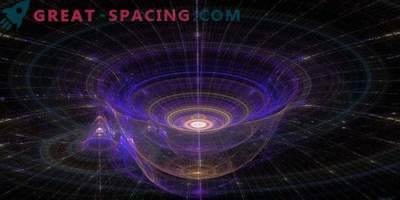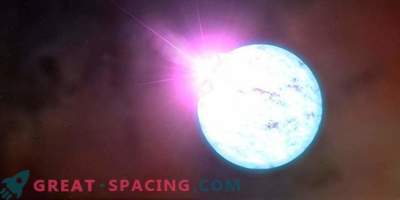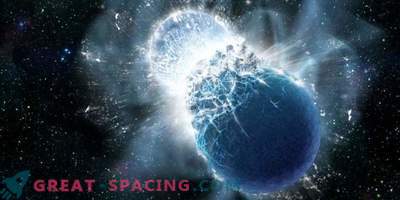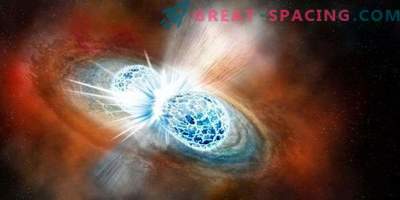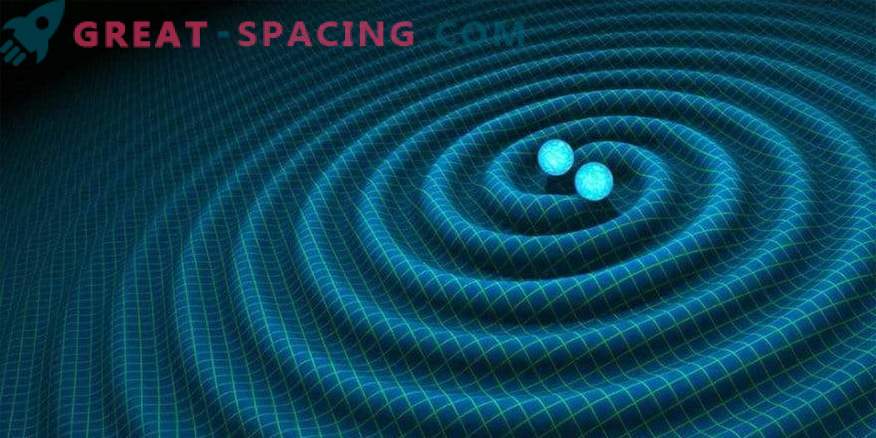
GW170817 - name of the gravitational wave signal detected by the LIGO and Virgo sensors on August 17, 2017. With a duration of 100 seconds, the signal received from the merger of two neutron stars. Then, the observation with the light wave was confirmed: the previous 5 black hole fusion detections did not have any fixed EM signals. Light from the merger of a neutron star is formed due to the radioactive decay of atomic nuclei. Numerous terrestrial surveys have concluded that the decaying atomic nuclei fall into two groups with the dominant slowly developing element.
10 days after the merger, the continental emission peaked at IR wavelengths at a temperature of 1300 K and continued to cool and dim. The IRAC IR matrix camera on the Spitzer Space Telescope monitored the site for 3.9 hours in three epochs: 43, 74, and 264 days after the event. The form and evolution of radiation reflect physical processes, for example, the proportion of heavy elements in emissions or the possible role of coal dust. Tracking the flow over time allows astronomers to refine the model and understand what is happening in the very process of neutron star fusion.

The IRAC IR image shows an emission of 4.5 microns from the fusion of two neutron stars first noticed by gravitational wave detectors. The picture was taken 43 days after the event. In the process of complex processing, most of the bright neighboring object was removed to show the source of the merger (at the top left - red arrows) Researchers measured and interpreted IR observations. The source was extremely weak and was located too close to a bright object. Using the new IRAC algorithm to eliminate bodies of constant brightness, it was possible to clearly identify the source of the merger in the first two eras, although it turned out to be weaker than the models predicted. The third epoch was clouded to the end. But the speed of dimming and IR colors are consistent with the models (the material has cooled down to about 1200 K). As an explanation, a possible ejection transformation in the darkened phase is proposed.
Researchers believe that in the future, double star fusions will be observed with improved IR surveys (LISA starts from 2019), and the characteristic of IR radiation will allow for a more accurate determination of nuclear decay processes. In addition, the findings suggest that Spitzer is now capable of fixing double fusions at a distance of 400 million light years.
